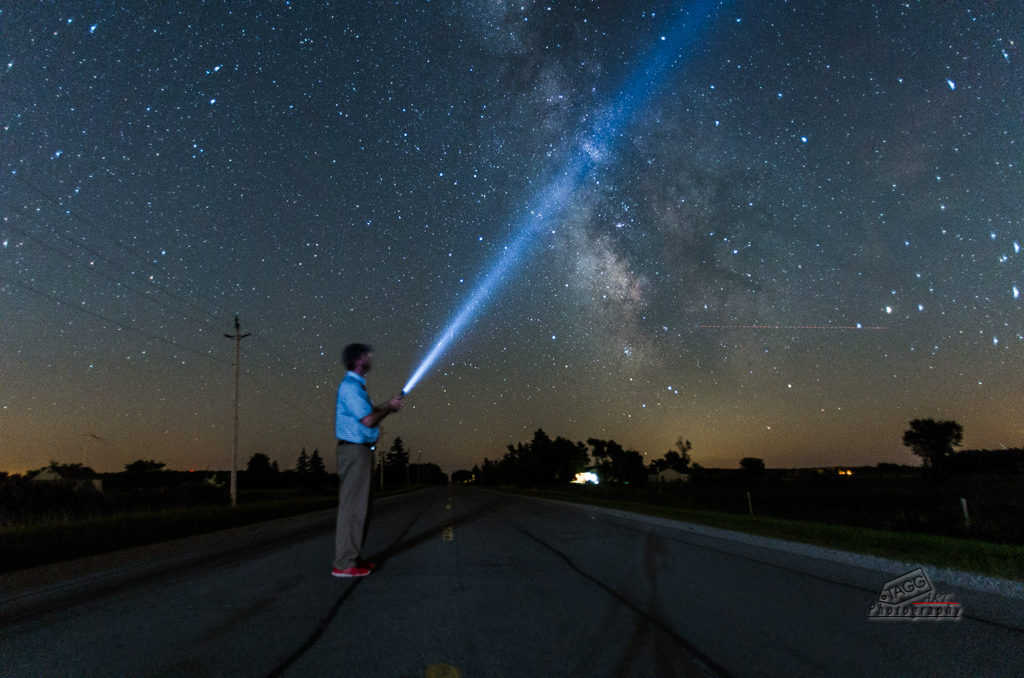The descriptions provided by Ricoh have me convinced that pixel shift is not for astrophotography. Related techniques like stacking and dithering already exist in astro software but I don't think the camera CPU is powerful enough for that.
 Originally posted by gazelle01
Originally posted by gazelle01 
1) My understanding of the pixel shift, from what I've read, is that it's best/only useable for shots of still objects. No action shots. So my question then is what is considered a still object. As a landscape photographer, I take pictures of waterfalls, scenes with plenty of open sky, and the stars at night. In each case, I could see how what I'm shooting may not be considered a still object for purposes of utilizing the pixel shift technology. To get the soft blur on a waterfall, I take long exposure shots and obviously the water is moving. Would pixel shift work for this? The water is moving, but I'm only capturing the blur of it, not the movement, so I'm hoping this would work. With blue skies, the clouds are moving. Would this only work for non-long exposure shots? And for shooting stars, I typically take approximately 30-second shots to get enough light, but of course the stars are moving through the sky. Would the pixel shift work in this case? Perhaps in this case, if you're using the astrotracer, the stars are technically NOT moving because the sensor is tracking their movement, so you could combine the astrotracer and the pixel shift technology for outstanding star photos.
The astrotracer is probably not precise enough for pixel shift to improve the resolution of stars. 24mp is already very detailed. Pixel shift might work for daytime long exposures when you want to blur clouds and water while getting a higher resolution on non-moving objects, but it's unlikely to help with astrophotography. I say "might work" because depending on how pixel shift works movement might confuse the camera.
 Quote:
Quote: 2) Regarding the astrotracer, I'm not sure exactly what part of the camera moves to track the stars. Is it the sensor itself? If so, my question is this. I have little interest in just taking shots of nothing but stars. Instead, I take landscape scenes with plenty of sky/stars, so there's always a foreground object, be it a barn or some trees or some other landscape feature. If the sensor is moving slightly to track the stars, does that mean that any elements of the landscape that are in the photo are going to end up blurry because they aren't moving alongside the stars? I hope not. And if they do, what's the solution to this, taking two exposures, one composed for the moving stars, one composed for the foreground object (with astrotracer turned off), and then just combine the two in post-processing?
Yes, the sensor moves and blurs foreground objects. You can combine 2 shots, one with and one without tracking. Another technique that's already been mentioned above is artificially lighting the foreground for only a portion of the total exposure. That only works if the foreground is very dark and won't show when unlit.








 Similar Threads
Similar Threads 



 from this article
from this article 


















